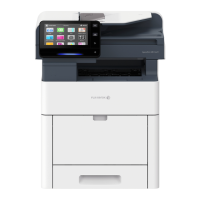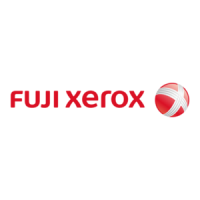13 Advanced Settings
316
[SMB Server Setup]
Select the server specification method from [By Domain Name] and [By Domain & Server
Names / IP Address].
According to the option you selected here, set [Domain Name] and [Server Name / IP
Address] for SMB servers 1 to 5 respectively.
The setting for SMB server 1 is used as the default setting for authentication.
[SMB Server 1 (Default)] to [SMB Server 5]
[Domain Name]
Enter the domain name of the server.
You must set the domain name regardless of the SMB server specification method set in
[SMB Server Setup].
Use the NetBIOS or Active Directory domain name for the domain name.
[Server Name / IP Address]
Enter the server name or IP address.
Use the NetBIOS computer name or full computer name with DNS suffix for the server name.
[Security Settings]
[SSL/TLS Settings]
Configure the SSL/TLS settings to encrypt the communication between the server or the
client computer and the device. Enabling SSL/TLS protects the communication from an
unauthorized access and prevents information leakage or data falsification.
[Device Certificate - Server]
Select a certificate for HTTP SSL/TLS communications.
[HTTP - SSL/TLS Communication]
Select whether or not to enable only HTTP SSL/TLS communications.
If [Enable HTTPS Only] is set, each port of [UPnP Discovery] and [WSD] is paused.
[HTTP - SSL/TLS Port Number]
Set the port number used for HTTP SSL/TLS communication.
Do not use the numbers assigned to the other ports.
[LDAP - SSL/TLS Communication]
Set whether or not to enable the SSL/TLS communications for authentication and searches.
If you enable the LDAP SSL/TLS communications, you must set [Primary Server - Port
Number] and [Secondary Server - Port Number] under [LDAP Server / Directory Service
Settings].
The port number for SSL/TLS communications of the LDAP directory server is normally set
to 636.

